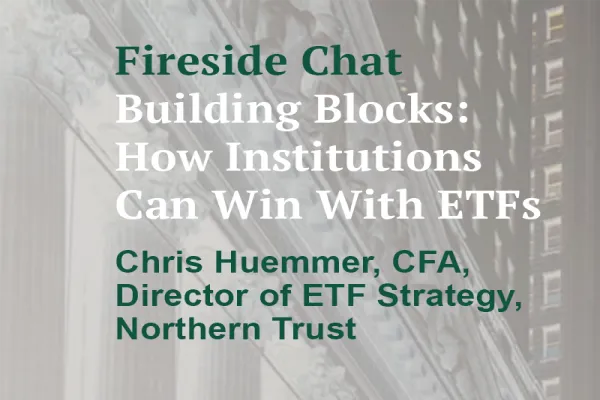A seasoned global investment manager with experience at an Australian superannuation fund, a sovereign wealth fund, and the largest state pension plan in the U.S. is moving to Maryland.
Dianne Sandoval has been named chief investment officer for the Maryland State Retirement and Pension System. When she joins the pension in January, Sandoval will lead the investment team in overseeing the state’s $73.6 billion portfolio. She will also work with the board and executive director to achieve the system's investment objectives.
She succeeds Andrew Palmer, who retired this summer. Deputy investment chief Robert Burd was named acting CIO on an interim basis the month Palmer retired. A spokesperson for the pension plan confirmed that he will serve as acting CIO until Sandoval takes over. Then, he will return to his previous role as deputy CIO.
Maryland State Treasurer and retirement board chair Dereck Davis said in a statement that the board was “thrilled” to have “someone with such vast experience as” Sandoval join the team.
“Her extensive expertise and visionary leadership will be invaluable as we continue to improve services for our members and provide strategic direction across the entire investment portfolio,” Davis added.
Comptroller and retirement board vice chair Brooke Lierman said that “the board recognized Dianne’s enthusiasm for and understanding of the unique responsibility of the CIO of a public pension fund.”
Sandoval is currently head of portfolio design for HESTA, an Australian superannuation fund that manages more than $100 billion in assets on behalf of more than 1 million health and community services sector workers. She also served as head of markets, asset classes, and portfolio strategy at Saudi Arabia’s $925 billion Public Investment Fund and held multiple roles at CalPERS for 12 years, the most recent being investment manager.
Sandoval said she was “deeply committed to leveraging [her] global experience and expertise to drive innovative, resilient investment strategies that deliver exceptional outcomes for its members.”
The System returned a net 4.8 percent for Q2. While all asset classes saw positive returns for the quarter, the portfolio benefited from strong global equity returns (14 percent).
Over the decade that Palmer was CIO, the Allocators’ Choice Awards finalist established a climate advisory panel, formalized the system’s emerging manager program, and rebuilt the investment team. He also reduced costs and boosted returns by bringing 20 percent of public market assets under internal management and launching a co-investment program in private markets. The portfolio has generated $2.4 billion of excess returns, or alpha, during Palmer’s tenure.
Prior to announcing his retirement, Palmer shepherded a partnership between the pension plan and Barings to target lower-middle-market infrastructure investments within the state through a $250 million real assets program.







